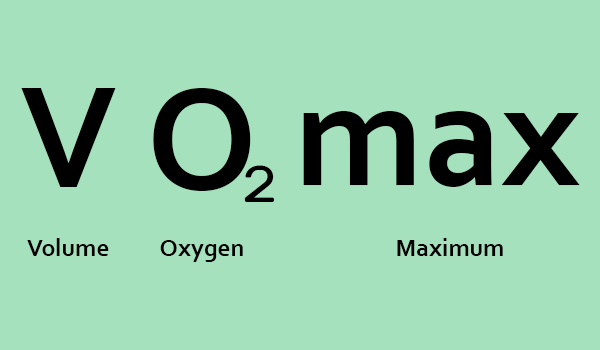Unleashing Your Potential: Understanding VO2 Max and Its Role in Fitness Training
In the world of fitness, maximizing performance and achieving optimal results is a constant pursuit. One crucial metric that holds the key to unlocking an individual's athletic potential is known as VO2 max. Whether you're a fitness enthusiast or a dedicated trainer, understanding VO2 max and incorporating it into your training regimen can significantly enhance your clients' progress and overall fitness levels. In this blog post, we will delve into what VO2 max is and explore how fitness trainers can utilize this valuable tool to assist their studio members in reaching new heights of endurance and performance.
What is VO2 Max?
VO2 max, or maximal oxygen uptake, is a physiological measurement that represents the maximum amount of oxygen an individual can utilize during intense exercise. It is considered the gold standard for determining cardiovascular fitness and aerobic capacity. VO2 max is expressed as milliliters of oxygen consumed per kilogram of body weight per minute (ml/kg/min). Essentially, it quantifies the efficiency with which your body can transport and utilize oxygen, indicating your aerobic fitness level.
How is VO2 Max Measured?
VO2 max testing is typically performed in a laboratory setting, where individuals undergo a graded exercise test, usually on a treadmill or stationary bike. During the test, the intensity progressively increases until the participant reaches their maximum effort. Simultaneously, their oxygen consumption and carbon dioxide production are measured through a breathing apparatus. These measurements are used to calculate the VO2 max value accurately.
Utilizing VO2 Max for Fitness Training:
Fitness trainers can use VO2 max as a powerful tool to tailor individualized training programs and enhance their clients' endurance and performance. Here's how:
- Establishing Baseline Fitness Levels: Conducting a VO2 max test at the beginning of a training program allows trainers to gauge their clients' starting point accurately. This baseline measurement provides valuable insights into their clients' current cardiovascular fitness, enabling trainers to set realistic goals and create personalized workout plans.
- Tracking Progress: Regular VO2 max assessments at specific intervals throughout the training program enable trainers to monitor their clients' progress accurately. By comparing the initial measurement to subsequent results, trainers can evaluate the effectiveness of their training methods, identify areas of improvement, and make necessary adjustments to optimize performance.
- Determining Training Zones: VO2 max testing helps establish individualized heart rate training zones. By identifying the heart rate at which clients reach their VO2 max, trainers can design workouts that specifically target different intensity levels, optimizing the cardiovascular benefits of their sessions. This information allows for the creation of training programs that include the appropriate balance of endurance, tempo, and interval training.
- Enhancing Endurance Training: Armed with the knowledge of an individual's VO2 max, trainers can prescribe endurance workouts that maximize oxygen utilization, improving aerobic capacity and overall endurance. By utilizing specific training methods such as long, steady-state runs or interval training at intensities near VO2 max, trainers can help their clients progressively improve their aerobic fitness and reach their performance goals.
- Motivating and Encouraging Clients: Sharing the results of a VO2 max test with clients can be highly motivating. Demonstrating improvements in their aerobic fitness and highlighting the positive impact of their efforts can boost clients' confidence, commitment, and drive to continue their fitness journey.
VO2 max is a powerful tool that provides invaluable insights into an individual's aerobic capacity and overall cardiovascular fitness. Fitness trainers can leverage this knowledge to optimize their clients' training programs and guide them towards reaching their maximum potential. By incorporating VO2 max assessments, tracking progress, and tailoring workouts to target specific heart rate zones, trainers can help studio members enhance their endurance, improve performance, and achieve their fitness goals more effectively. Embrace the power of VO2 max testing and witness the transformative impact it can have on your fitness journey.




Join the conversation